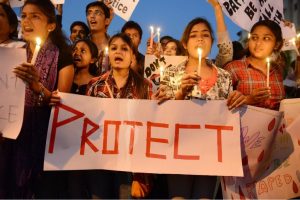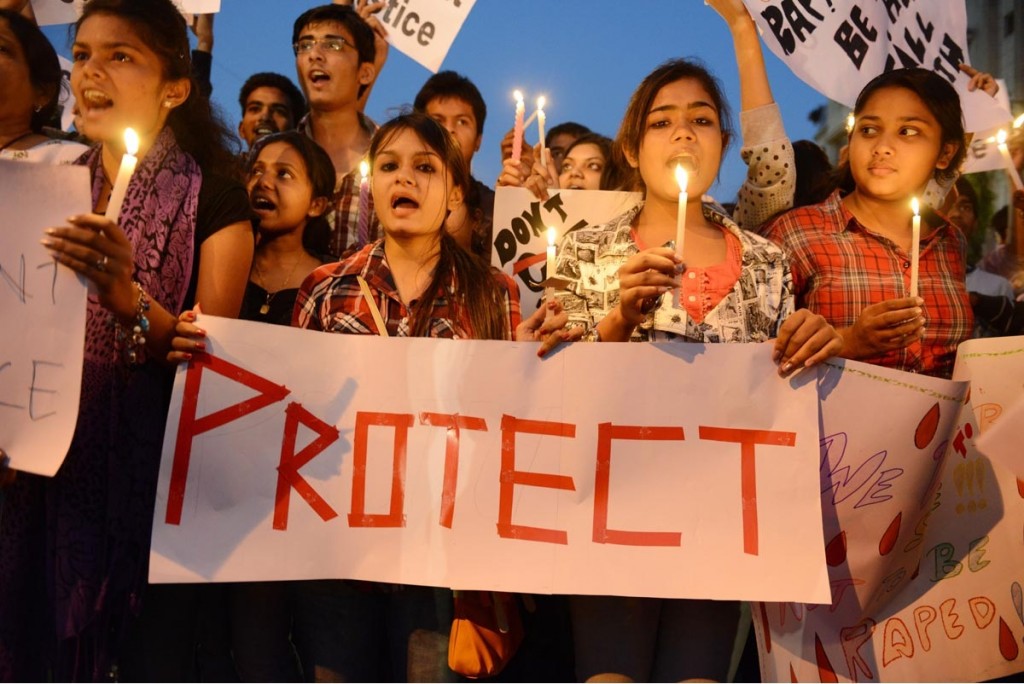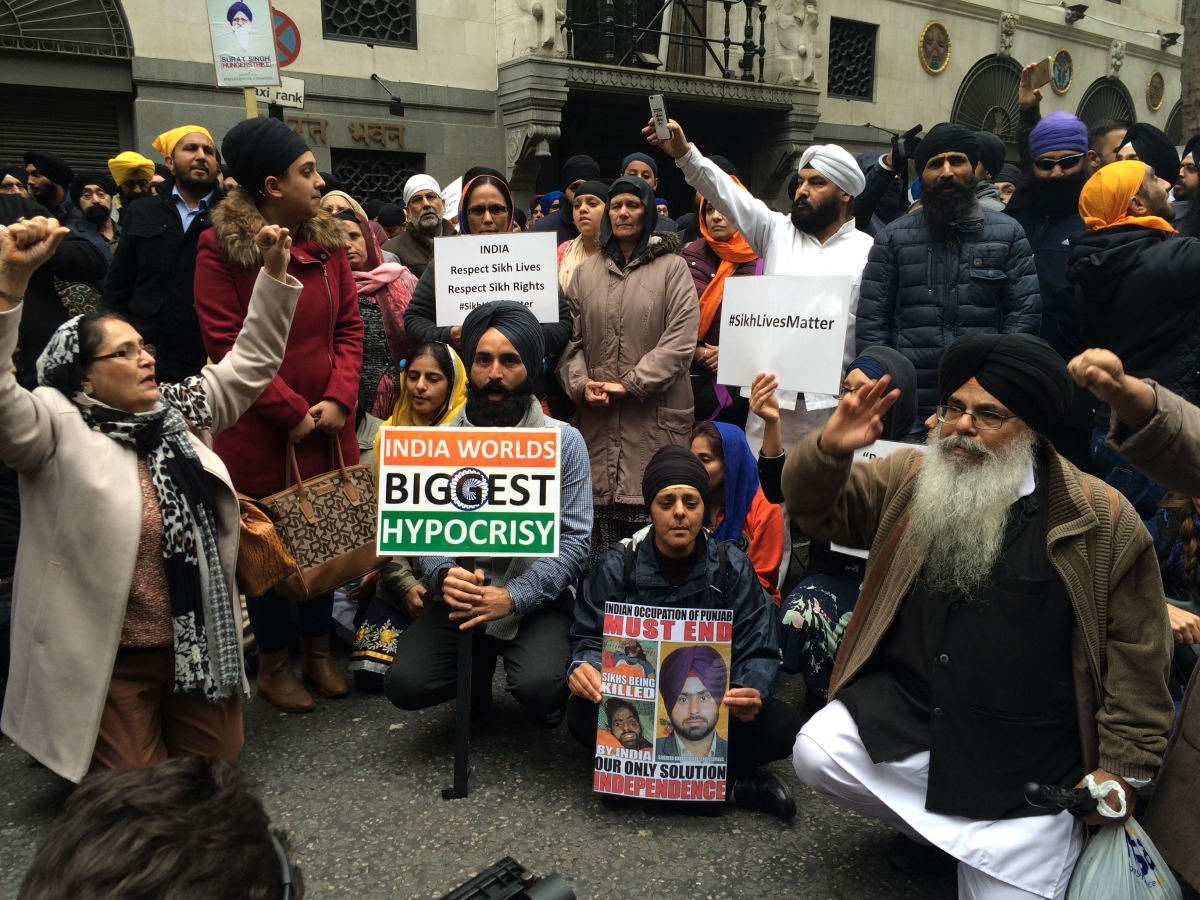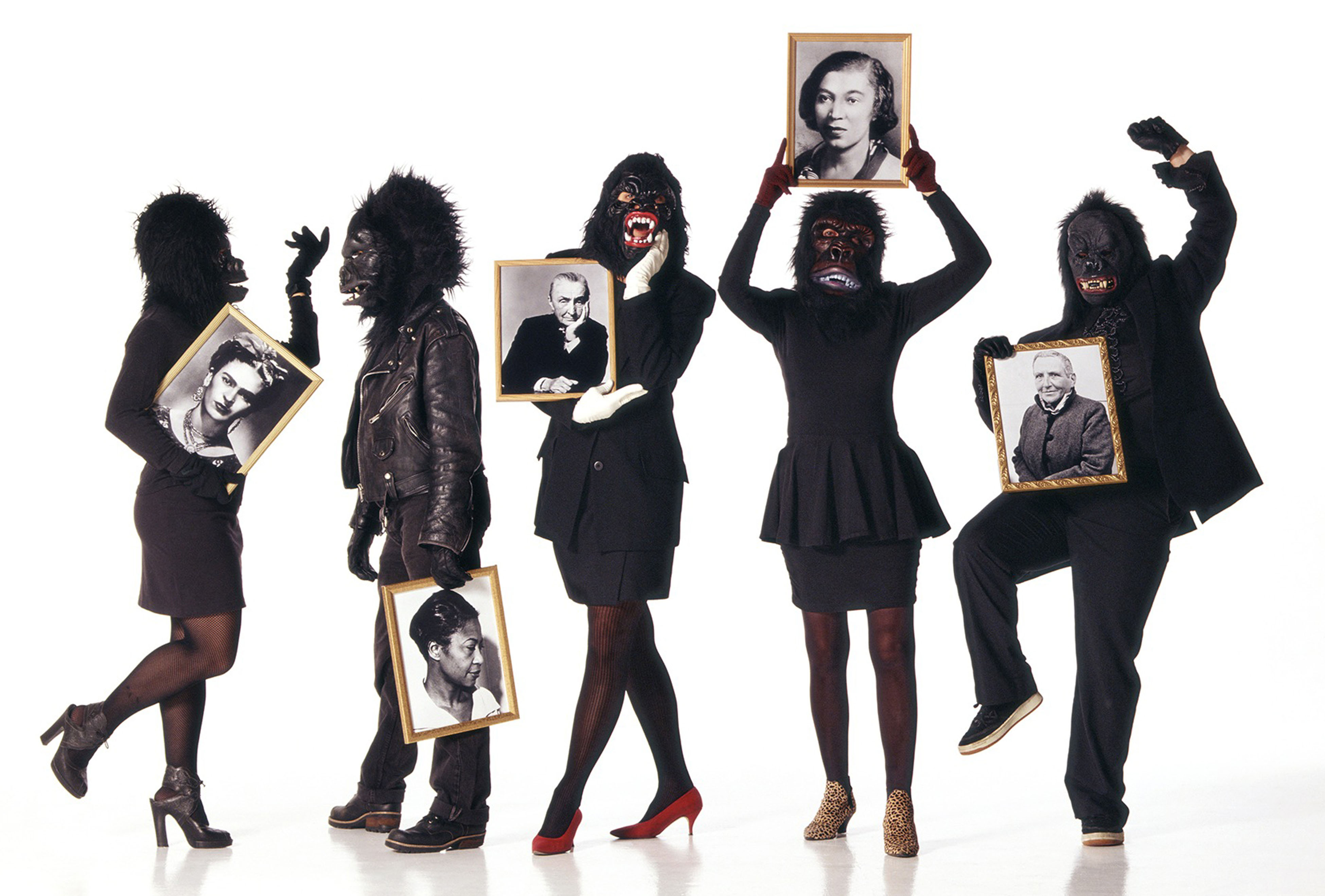By: Samantha Cleare
Recently, a gang-rape victim in the Indian city of Mumbai fainted during her court hearing. With a whirlwind of sexual violence in India, people across the world feel a similar sense of overwhelming disgust with these heinous acts. Headlines such as “A 14-Year-Old Raped and Murdered in a Police Station in Uttar Pradesh,” “A Husband Facilitating His Own Wife’s Gang Rape in Howrah,” or “A 65-Year-Old Grandmother Raped in Kharagpur” are common in Indian newspapers. On the other hand, these stories fade as quickly as they occur. Why is there a lack of government and public action against these horrendous crimes? The answer lies within the flaws of India’s social and legal systems. It is estimated that a rape happens in India every 21 minutes. A lengthy history of discrimination haunts India’s people today. 
In 1973, a cleaner raped and strangled Mumbai nurse Aruna Shanbaug with chains and left her to die. Today, Shanbaug lives her life in a vegetative state and the attacker received a mere seven-year sentence not for rape, but attempted murder and robbery. Soldiers of Assam Rifles took 32-year-old Manorama away and accused her of helping insurgents in 2003. Manorama’s mangled body later appeared by a roadside. Just outside a police station in Uttar Pradesh, 14-year-old Sonam was raped and murdered last year. During a 2002 riot in Gujarat, numerous women were gang-raped and killed. Attacks claim not only Indian women victims; two men forced a 28-year-old Swiss victim into her car in South Delhi where one of the men raped her.
Unfortunately, these are only a few of the countless occurrences. Painful and lingering cases of sexual abuse with no justice leave victims and families hurt and confused. While sexual assaults confined victims like Shanbaug in a hospital room unable to perform simple everyday tasks, many culprits enjoy their freedoms with no consequences. One of the causes of the maltreatment is the discrimination against women in India. The abortion of female fetuses and murder of baby girls causes an alarmingly skewed sex ratio. Survivors of these inhumane birth conditions go on to live lives of prejudice and discrimination. Trustlaw, which is run by Thomas Reuters, ranked India as the worst G20 country for women. While women continue to gain power in India’s government and workforce, the sexual crimes against women are on the rise. Incidences of rape rose 9.2 percent with 24,000 cases of rape in 2011. Just over half of the victims were between the ages of 18 and 30. 94 percent of those attacked knew their assaulters. Disturbingly, most of the attackers were neighbors or relatives. Recently, kidnappings of women also rose 19.4 percent, torture escaladed 5.4 percent, molestation grew by 5.8 percent, and trafficking advanced a frightening 122 percent. Economists Siwan Anderson and Debraj Ray propose that more than two million women are missing in a given year. Anderson and Ray found that more women died due to “injuries,” which appear to be an indicator of violence against women, than during childbirth.
The main factors that decrease women’s health in India include violence, poor healthcare, inequality, malnutrition, and neglect of personal health and wellbeing. A change in the social standing of women is necessary to increase their safety and living conditions. Although politicians such as Indian Prime Minister Manmohan Singh promise social reforms and equality, laws and prosecutions against rape remain ineffective. Six elected state legislators and 27 of the recent state elections’ candidates are accused rapists, as well. Without strong voices against rape in the core of India’s government, how can the country improve its circumstances for women?
India’s court system has increased its actions against sexual crimes due to the rise in media outrage. Recently, four men were recently found guilty for a fatal gang rape in Delhi last year. Lines are blurring between the social caste system that once diminished social progress and constrained women’s rights in the courtroom. In rape cases involving a man raping a woman in a lower caste, the accused would once plea that they would never rape a woman in a lower caste. Women were also blamed for rape due to their “promiscuous culture.” Today the illegitimate excuses fade and the arguments for women’s rights grow stronger. According to activist Kavita Krishnan, “the template for policing, and government’s thinking about policies towards women in India, remains regressive.” An increase in rape reports decreases the fear of seeking help. Lawyer Karuna Nundy stated that “Delhi police data show 1,036 cases of rape were reported until 15 August, 2013 – as against 433 cases reported over the same period last year.” Nundy also believes that more financial funding can supply more judges to account for India’s uneven judge to citizen ratio.
India is taking legal measures to end these silences and injustices. Amendments to the penal code criminalize acts such as stalking that lead to more dangerous actions. Changes in procedural law make it more difficult for the police to disguise impunity. Just last month, the police were lauded when they arrested the criminals of a photojournalist in Mumbai. In addition, the police were recently able to arrest accused rapists within 72 hours of a crime. While the rapes in India may not stop, the conversation about equality of the sexes and punishment for once ignored acts has begun. These recent victories and changes are the first steps in the battle against India’s social injustice and violence.


